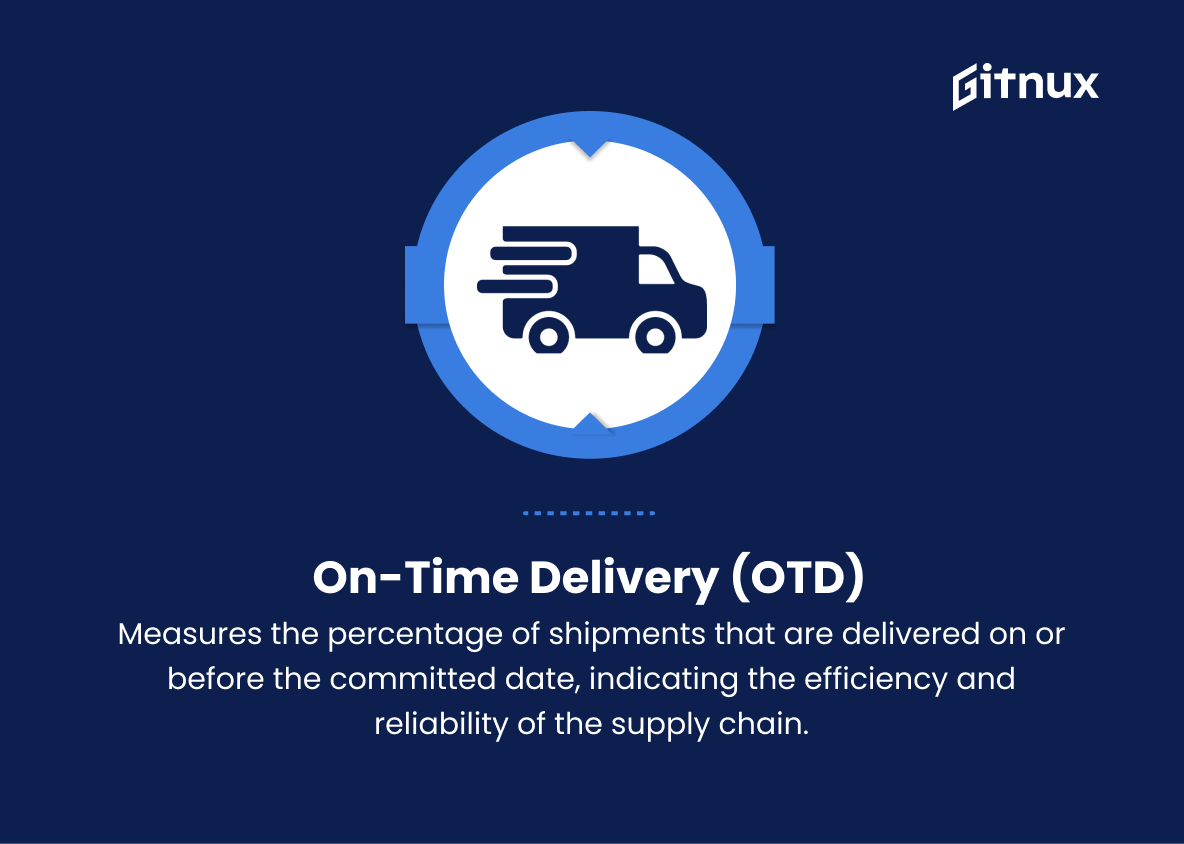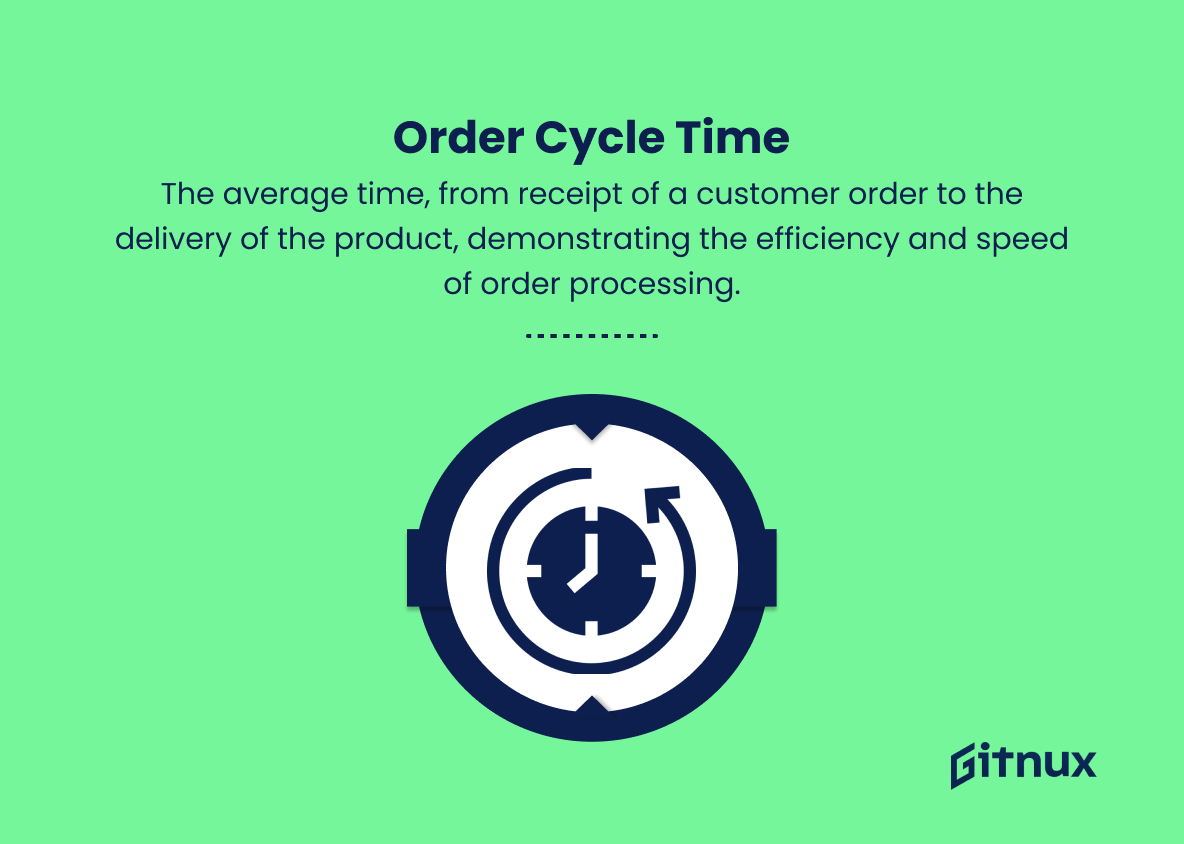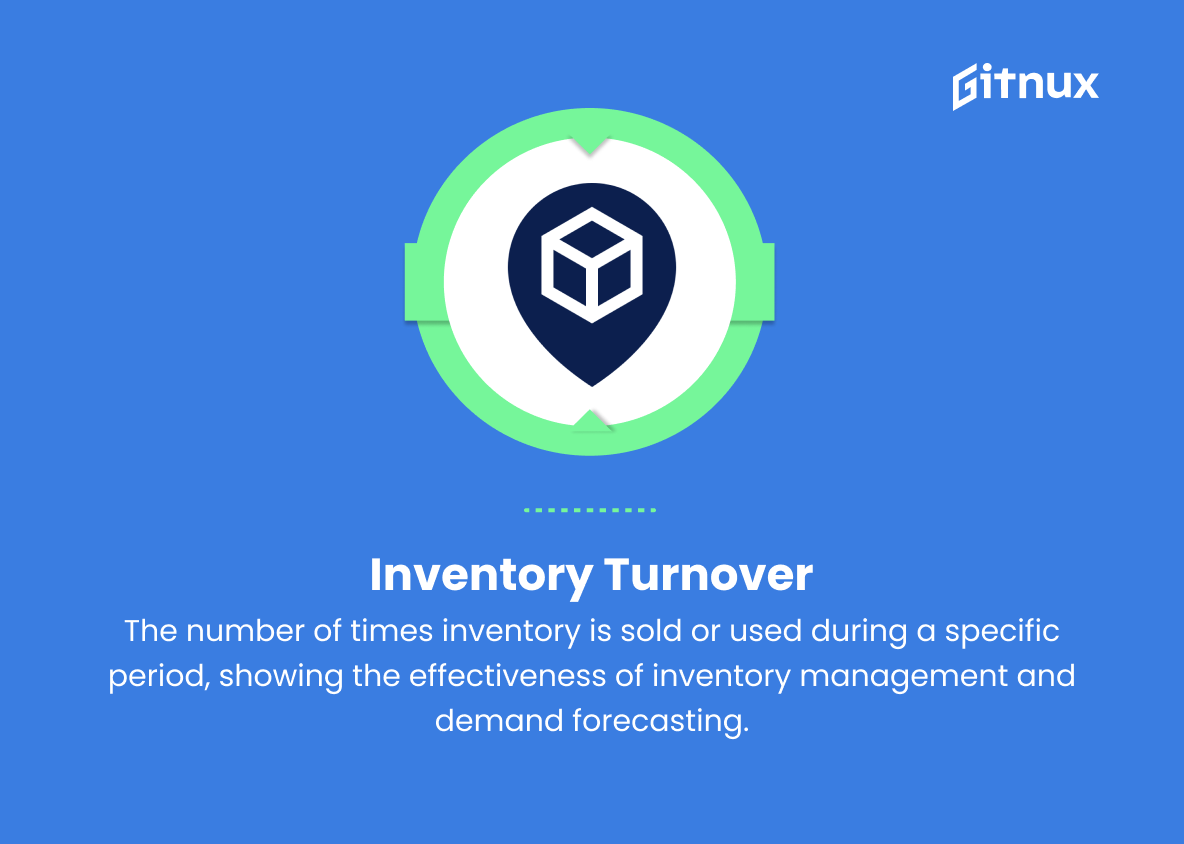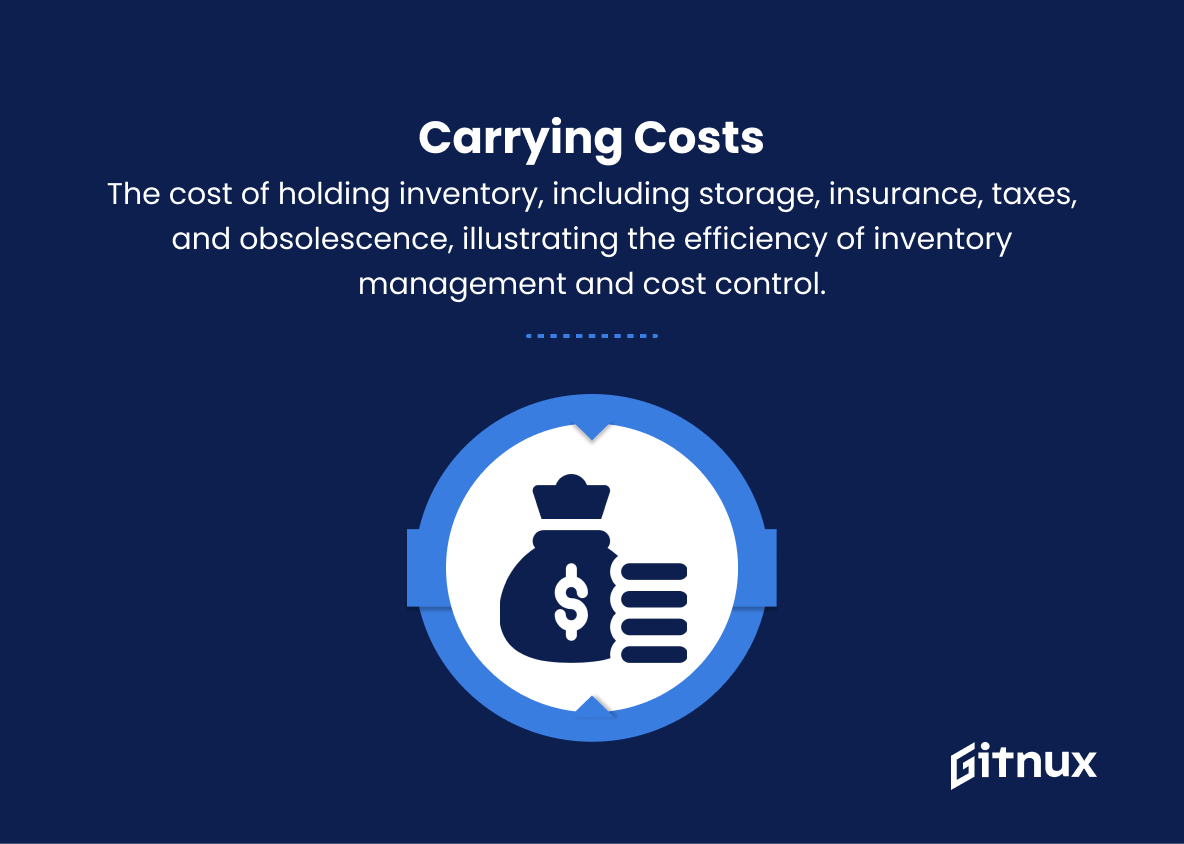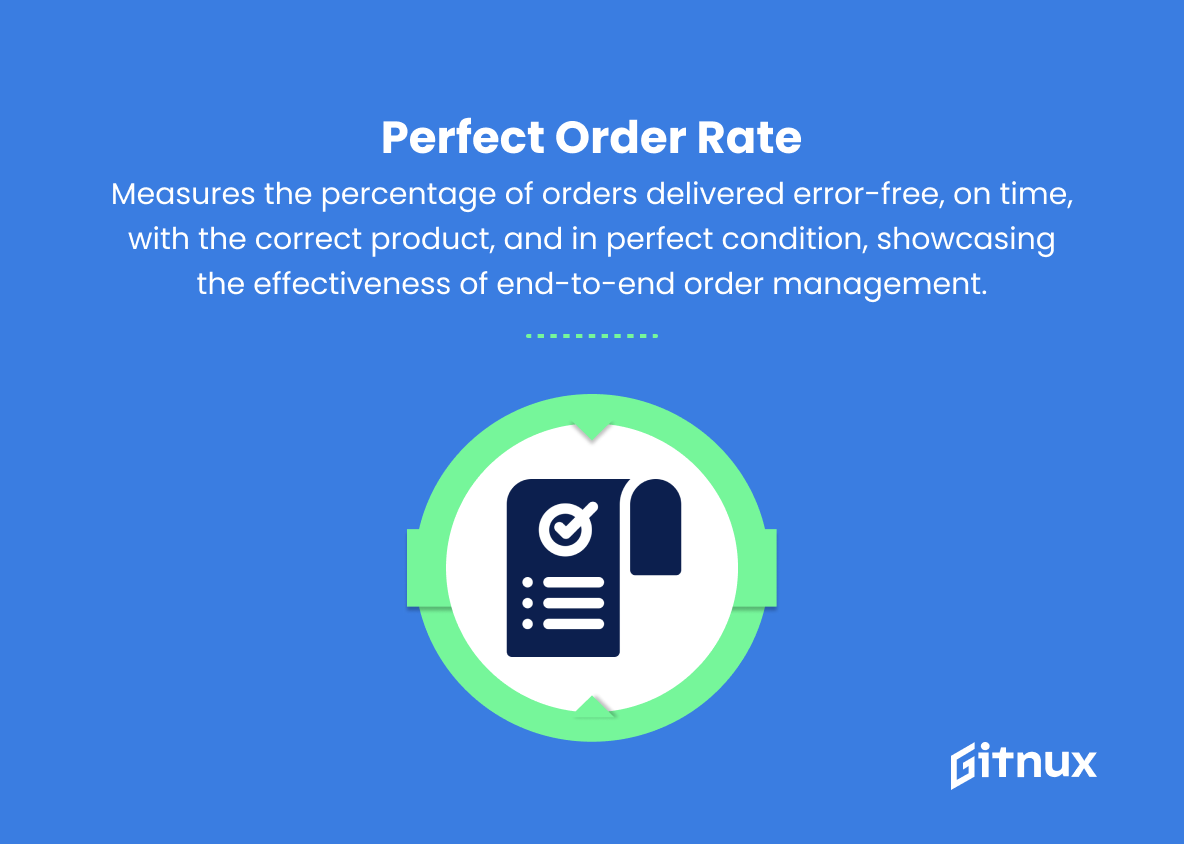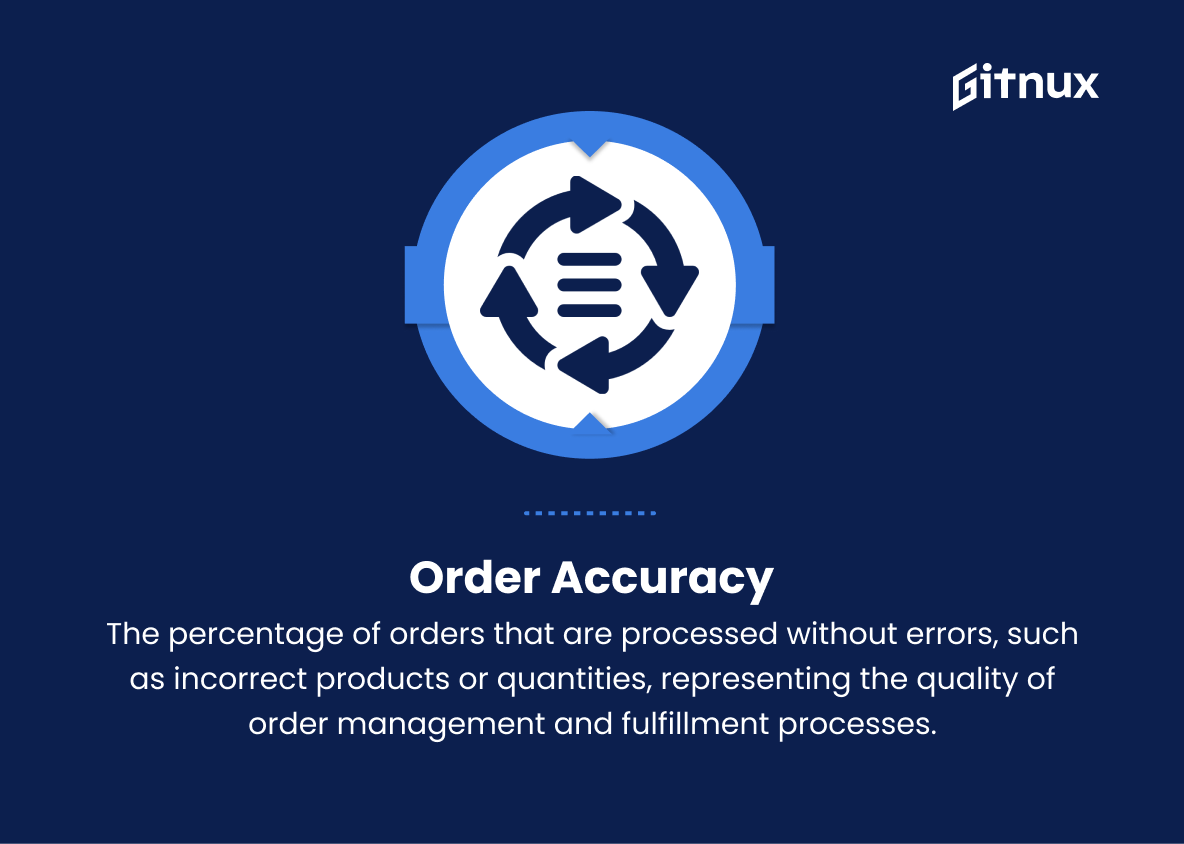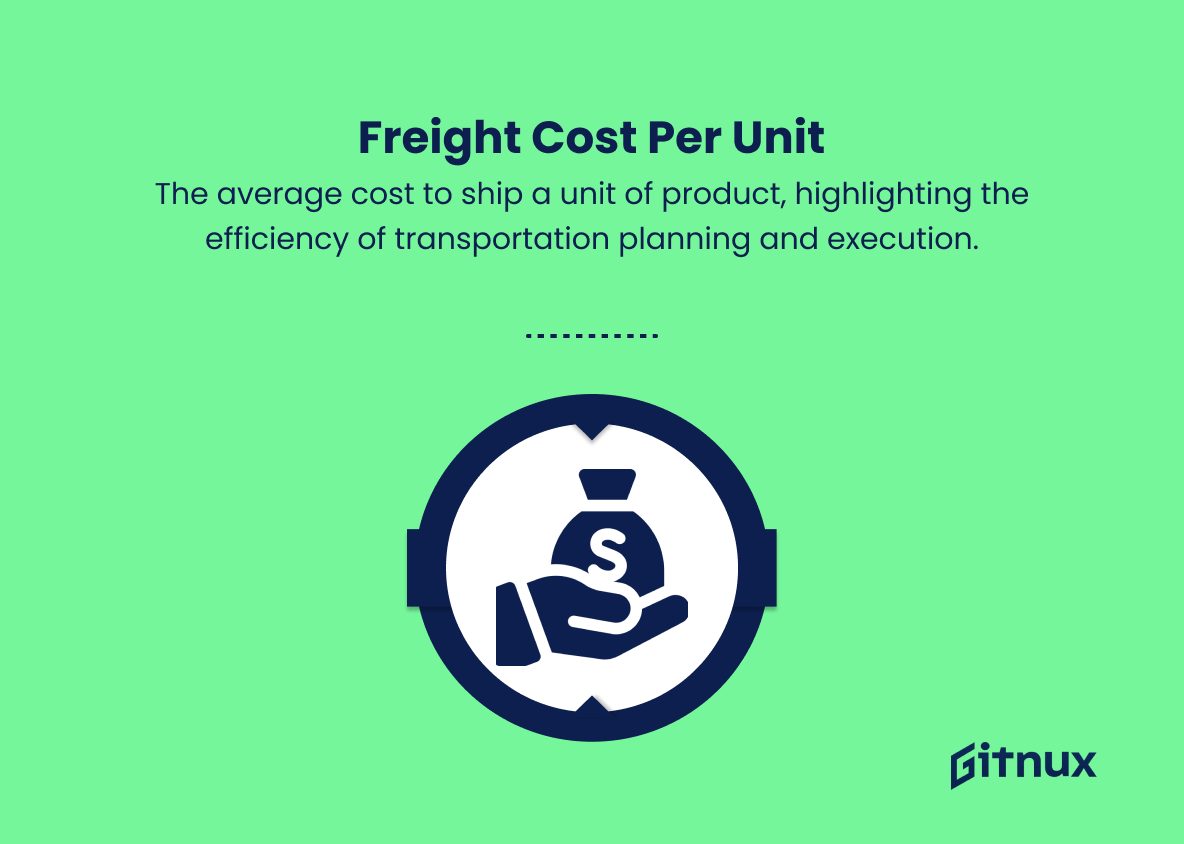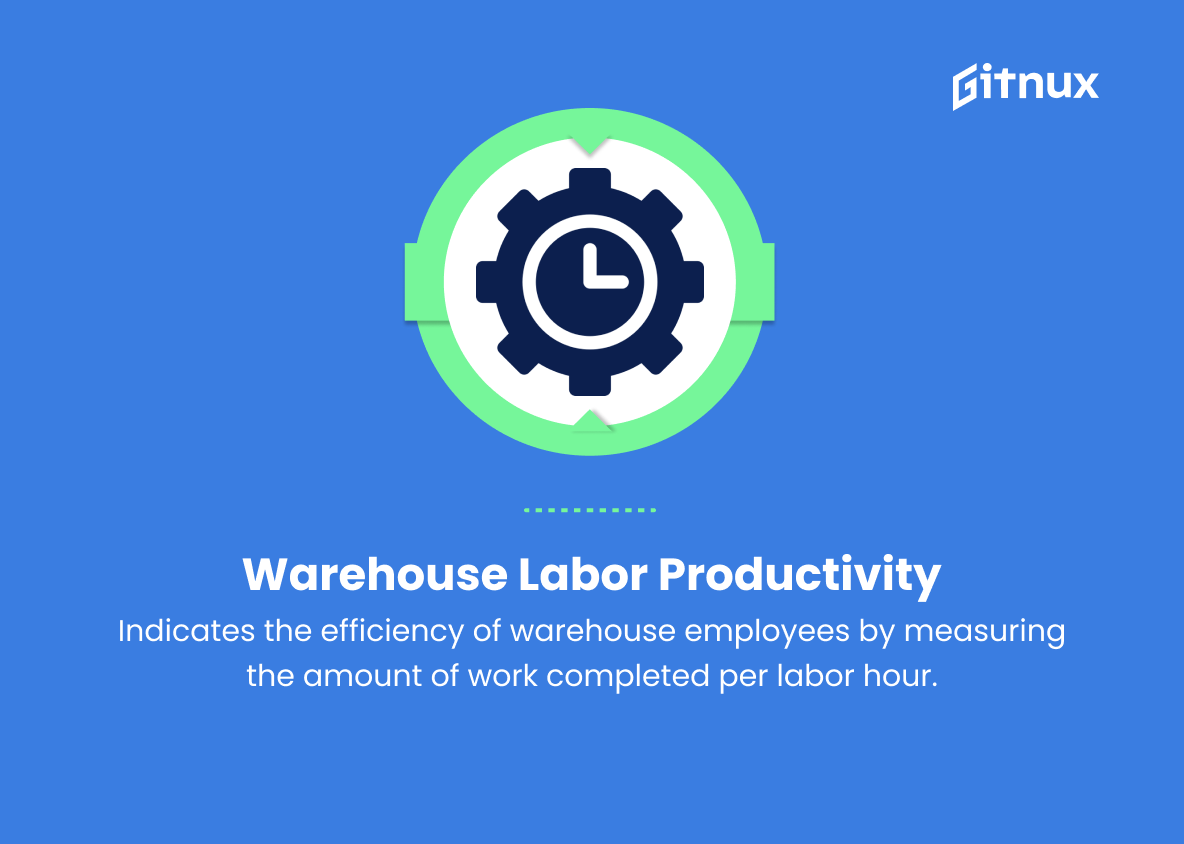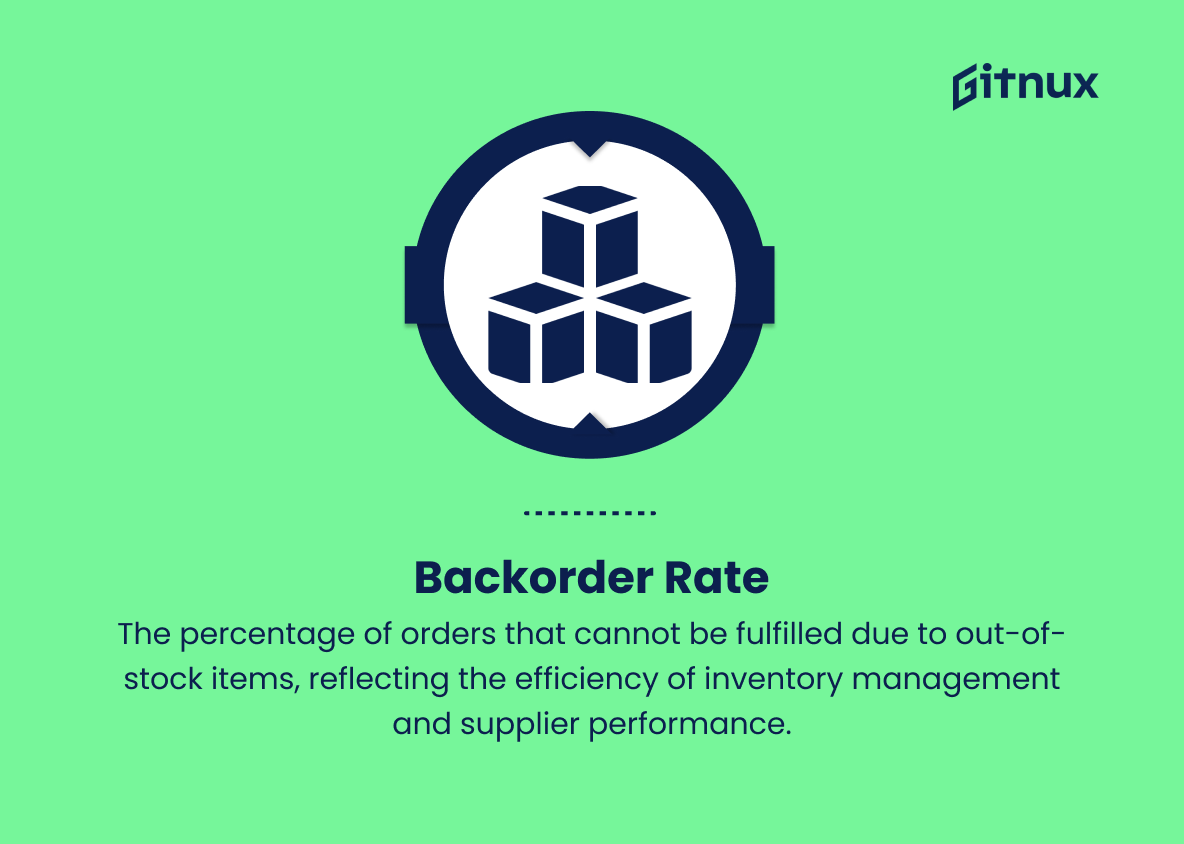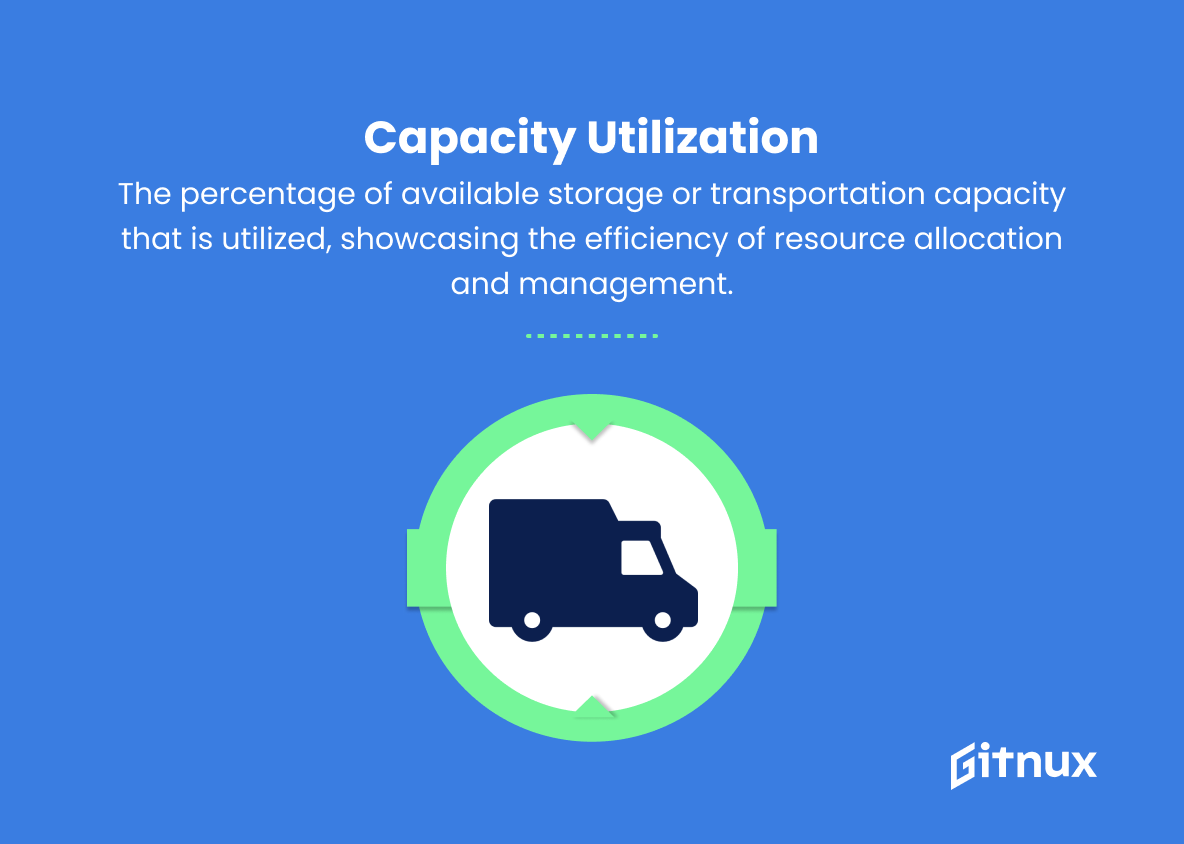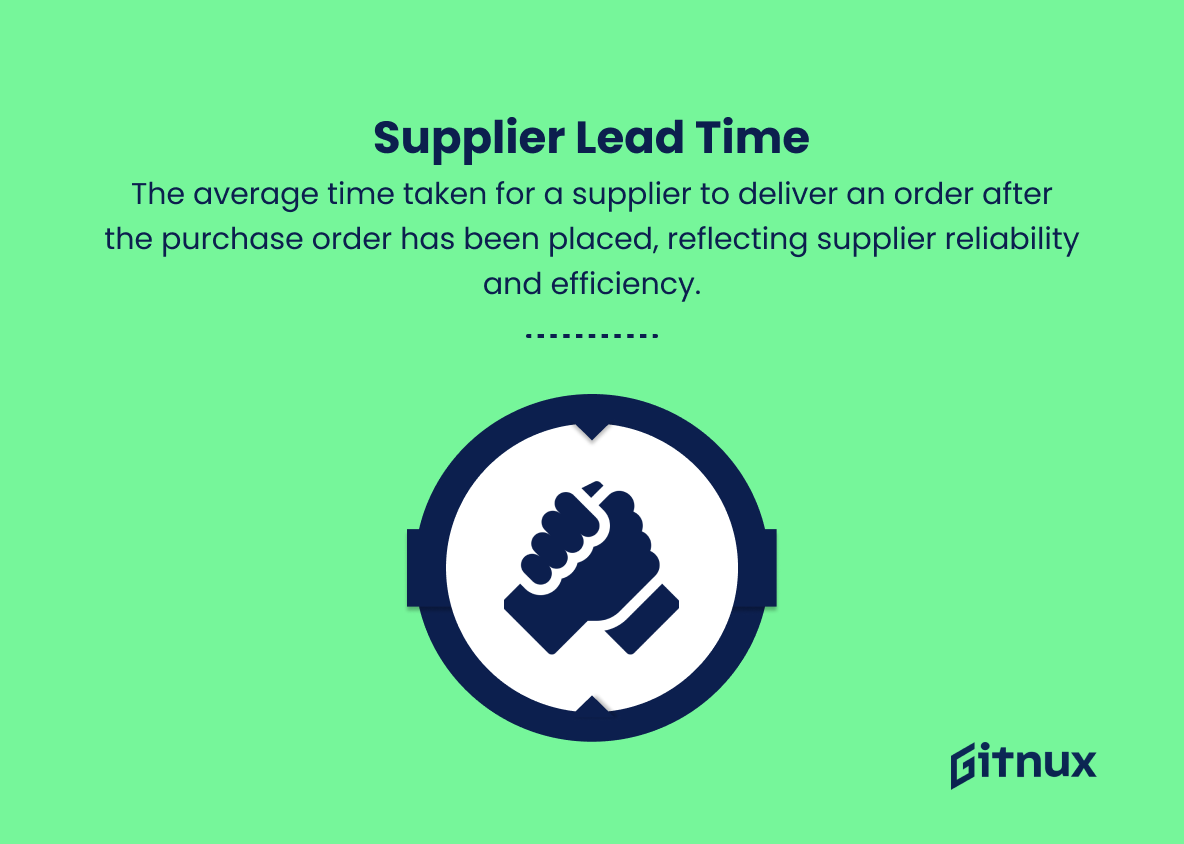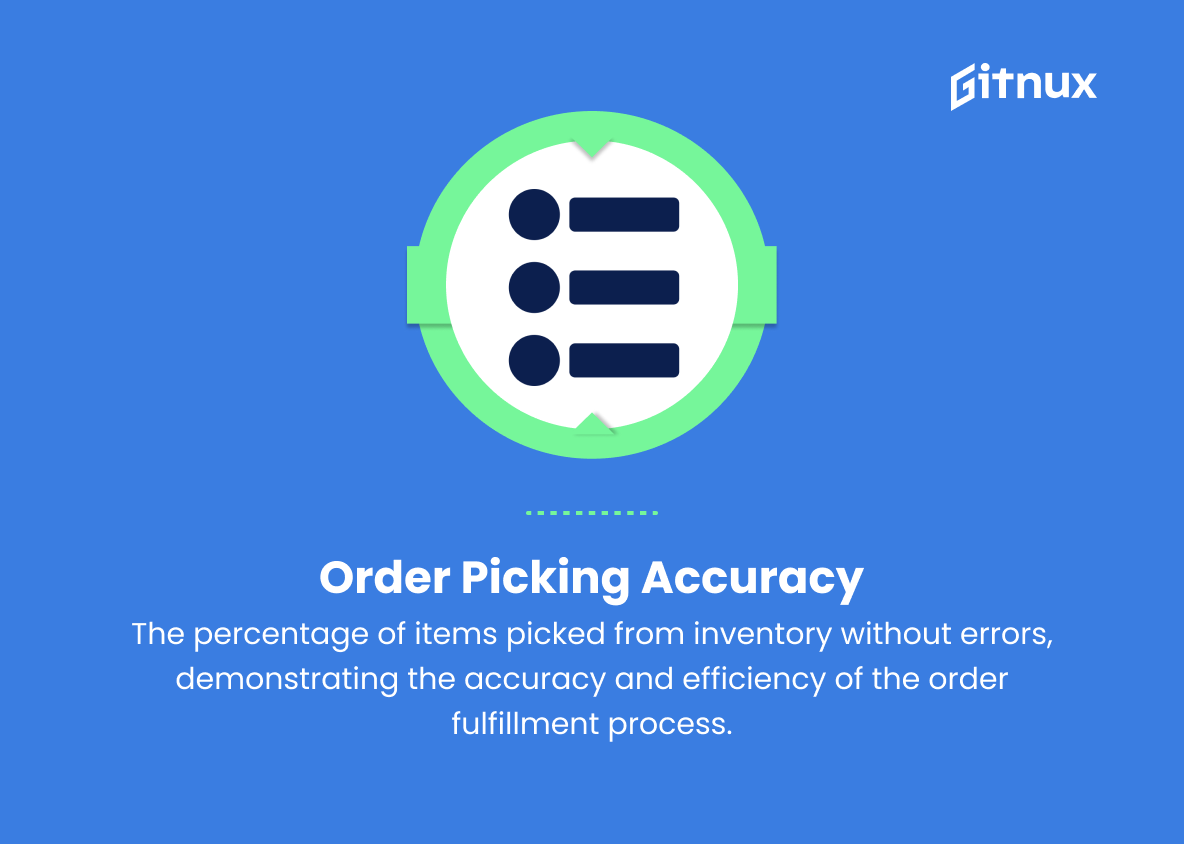In today’s competitive business landscape, effective and efficient logistics operations are vital for companies to stay ahead of the curve. Achieving optimal performance requires a deep understanding of logistics metrics – the quantifiable measures used to analyze and evaluate the success of different logistics activities. These metrics provide valuable insights into how well a supply chain is running, helping decision-makers identify areas for improvement, optimize processes, and ultimately, drive growth.
In this blog post, we will delve into the world of logistics metrics, exploring their significance, the various types of metrics, and best practices for leveraging data to enhance your organization’s logistics performance. So strap in for an insightful journey into the indispensable realm of logistics metrics – the keystone to smarter, faster, and more effective supply chain management.
Logistics Metrics You Should Know
1. On-time Delivery (OTD)
Measures the percentage of shipments that are delivered on or before the committed date, indicating the efficiency and reliability of the supply chain.
2. Order Cycle Time
The average time, from receipt of a customer order to the delivery of the product, demonstrating the efficiency and speed of order processing.
3. Inventory Turnover
The number of times inventory is sold or used during a specific period, showing the effectiveness of inventory management and demand forecasting.
4. Carrying Costs
The cost of holding inventory, including storage, insurance, taxes, and obsolescence, illustrating the efficiency of inventory management and cost control.
5. Fill Rate
The percentage of customer orders that can be fulfilled from existing inventory, reflecting the adequacy of stock levels and the effectiveness of demand planning.
6. Perfect Order Rate
Measures the percentage of orders delivered error-free, on time, with the correct product, and in perfect condition, showcasing the effectiveness of end-to-end order management.
7. Order Accuracy
The percentage of orders that are processed without errors, such as incorrect products or quantities, representing the quality of order management and fulfillment processes.
8. Freight Cost per Unit
The average cost to ship a unit of product, highlighting the efficiency of transportation planning and execution.
9. Warehouse Labor Productivity
Indicates the efficiency of warehouse employees by measuring the amount of work completed per labor hour.
10. Return on Assets (ROA)
The ratio of net income to total assets, demonstrating how effectively a company uses its assets to generate profit.
11. Backorder Rate
The percentage of orders that cannot be fulfilled due to out-of-stock items, reflecting the efficiency of inventory management and supplier performance.
12. Capacity Utilization
The percentage of available storage or transportation capacity that is utilized, showcasing the efficiency of resource allocation and management.
13. Dock-to-Stock Time
The time taken for a shipment to move from the receiving dock to its designated storage location, illustrating the efficiency of warehouse operations.
14. Supplier Lead Time
The average time taken for a supplier to deliver an order after the purchase order has been placed, reflecting supplier reliability and efficiency.
15. Order Picking Accuracy
The percentage of items picked from inventory without errors, demonstrating the accuracy and efficiency of the order fulfillment process.
16. Shipment Visibility
The availability and accuracy of real-time information about the location and status of shipments throughout the supply chain, indicating the robustness of the tracking system.
17. Inventory Accuracy
The percentage of agreement between physical inventory counts and system records, reflecting the quality of inventory control procedures and systems.
18. Transit Time
The time taken for a shipment to move from its origin to its destination, indicating the efficiency of transportation and logistics planning.
Logistics Metrics Explained
Logistics metrics play a critical role in understanding the efficiency, reliability, and overall health of a supply chain. On-time Delivery (OTD) measures the percentage of shipments arriving on or before their committed date, indicating the reliability of a supply chain. Simultaneously, Order Cycle Time demonstrates the efficiency and speed of order processing. Inventory Turnover reveals the effectiveness of inventory management and demand forecasting, while Carrying Costs showcase the cost control and inventory management efficiency.
Fill Rate reflects stock level adequacy and demand planning effectiveness, and the Perfect Order Rate highlights the end-to-end order management effectiveness. Order Accuracy measures the quality of order management and fulfillment processes, and Freight Cost per Unit showcases transportation planning efficiency. Warehouse Labor Productivity gauges the efficiency of warehouse employees, while Return on Assets (ROA) demonstrates a company’s ability to generate profit using its assets.
Backorder Rate and Capacity Utilization reflect the efficiency of inventory and resource management, respectively. Dock-to-Stock Time represents warehouse operation efficiency, while Supplier Lead Time measures supplier reliability. Order Picking Accuracy demonstrates accuracy within the order fulfillment process, and Shipment Visibility highlights the robustness of tracking systems.
Finally, Inventory Accuracy emphasizes inventory control procedures’ quality, and Transit Time measures logistics planning efficiency. Together, these metrics are essential for maintaining a high-performing logistics operation within a company’s supply chain.
Conclusion
In conclusion, effective logistics metrics are crucial in ensuring successful supply chain operations and overall business performance. By employing the right combination of metrics that focus on cost, time, quality, and customer satisfaction, organizations can gain valuable insights and make data-driven decisions to optimize their logistics processes. Continuous monitoring and analysis of these key performance indicators play a critical role in achieving both short-term and long-term strategic goals.
As global markets continue to evolve and competition intensifies, staying ahead in the game requires constant improvement and adaptation. By focusing on the right logistics metrics, companies can drive efficiency and profitability while enhancing their competitive edge.
